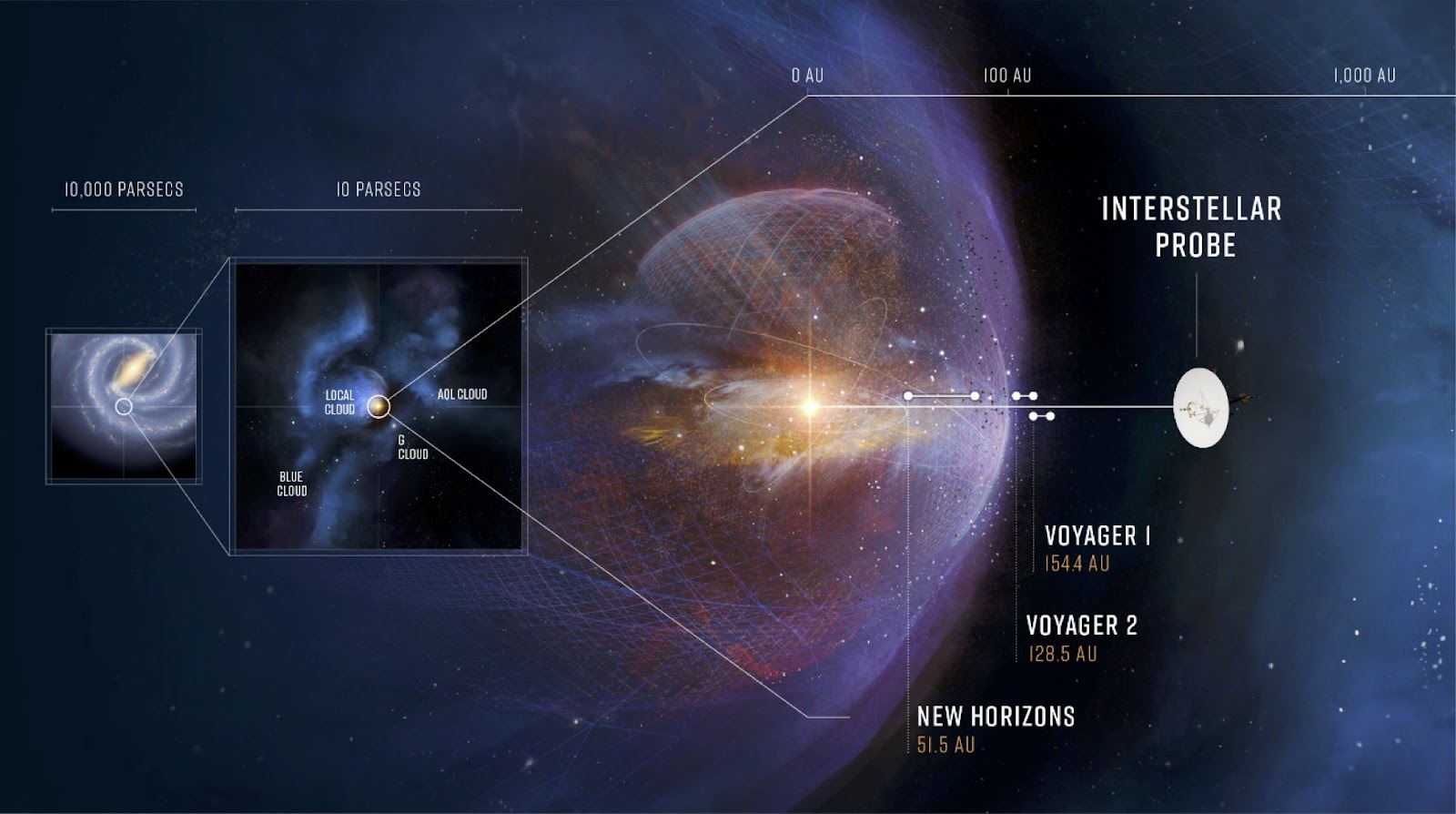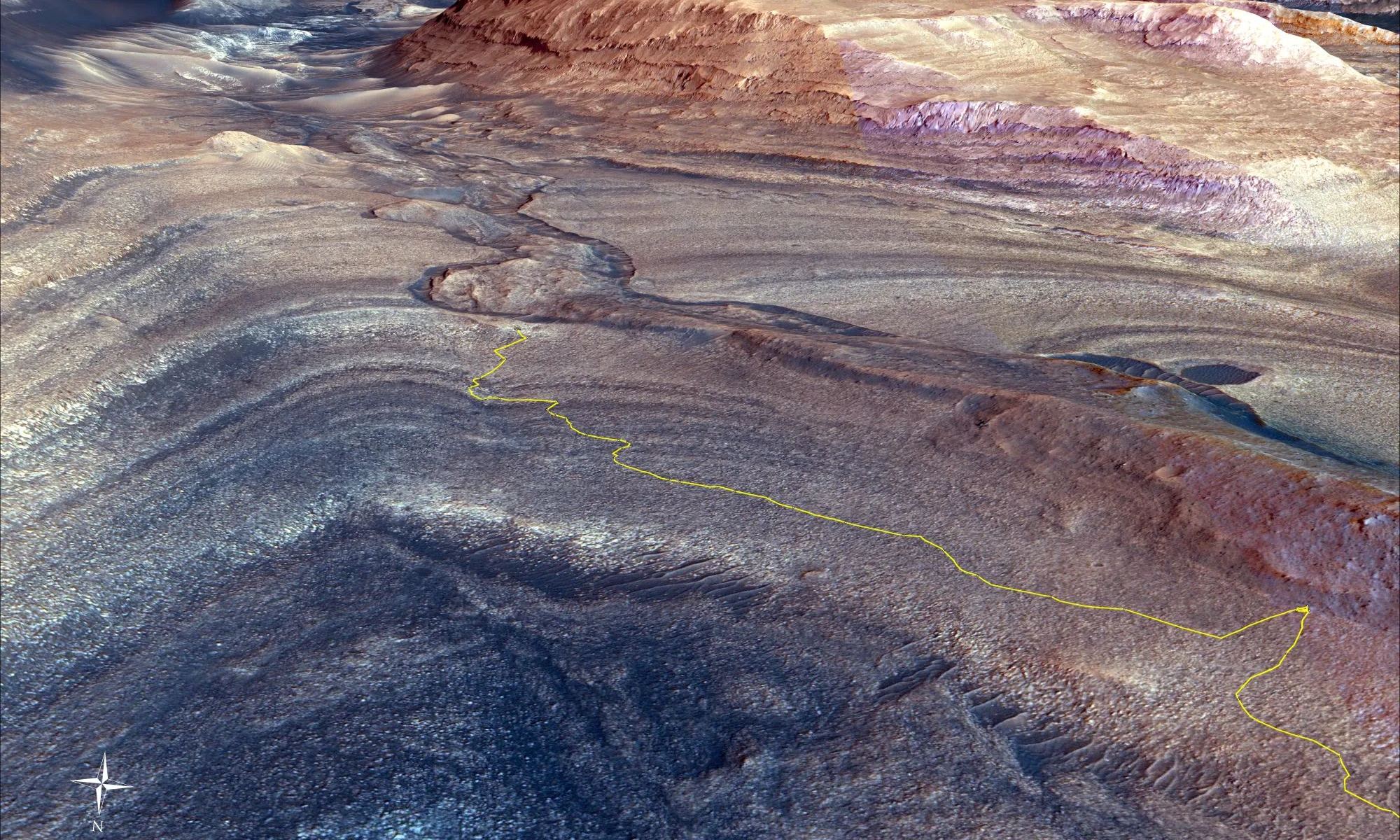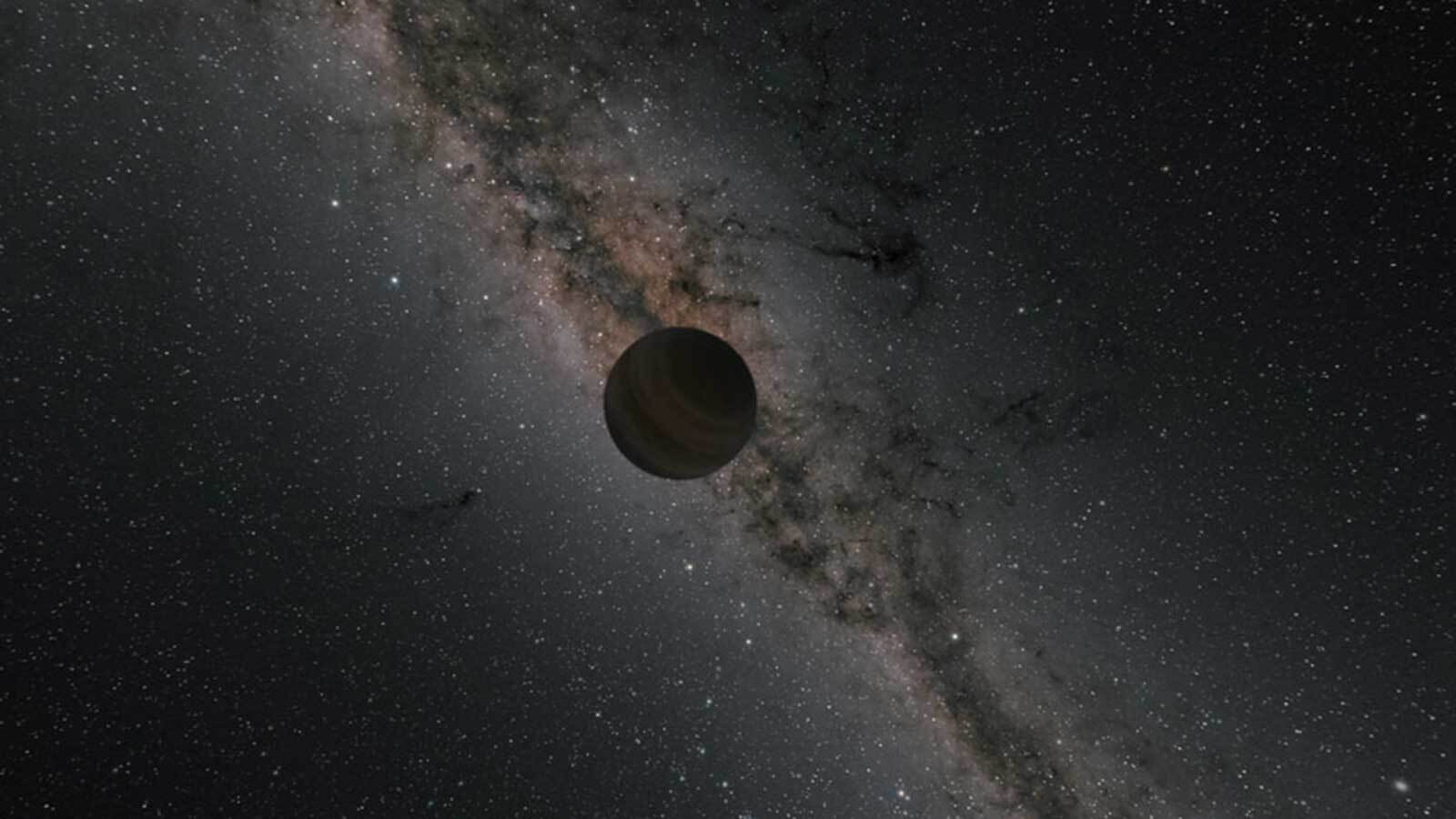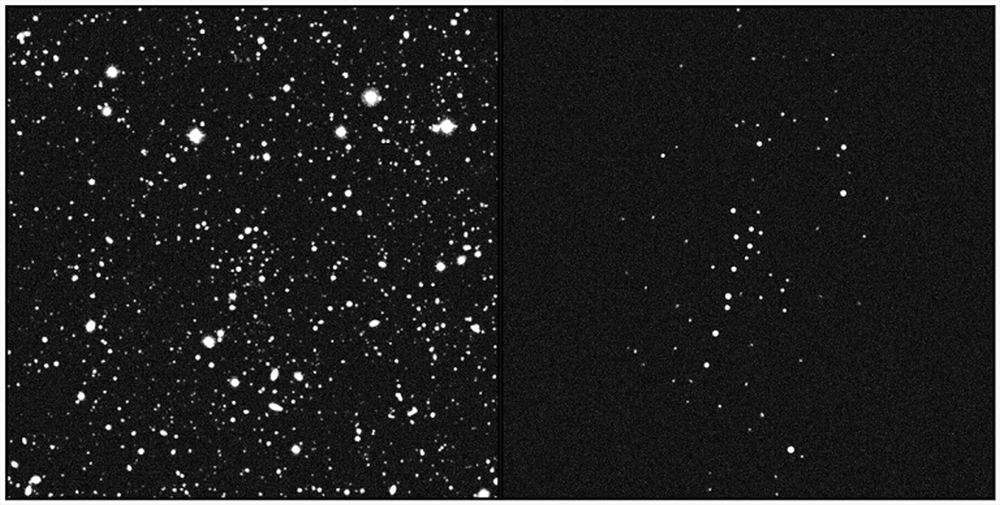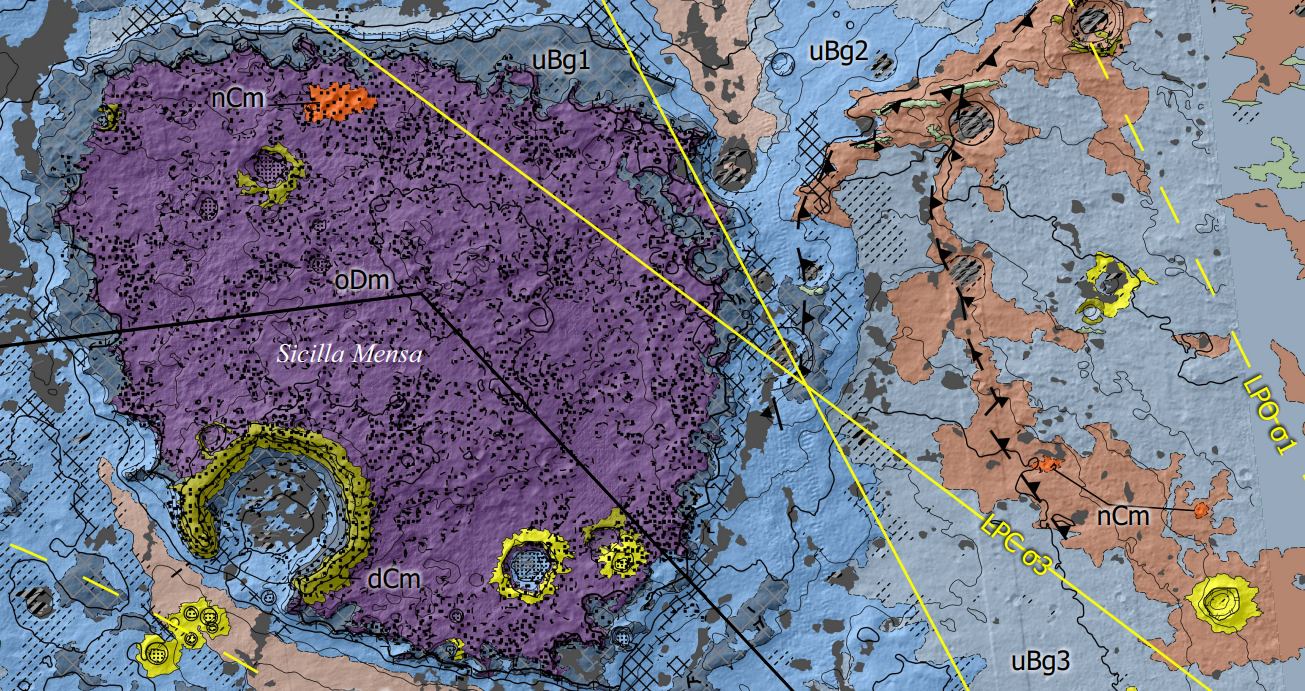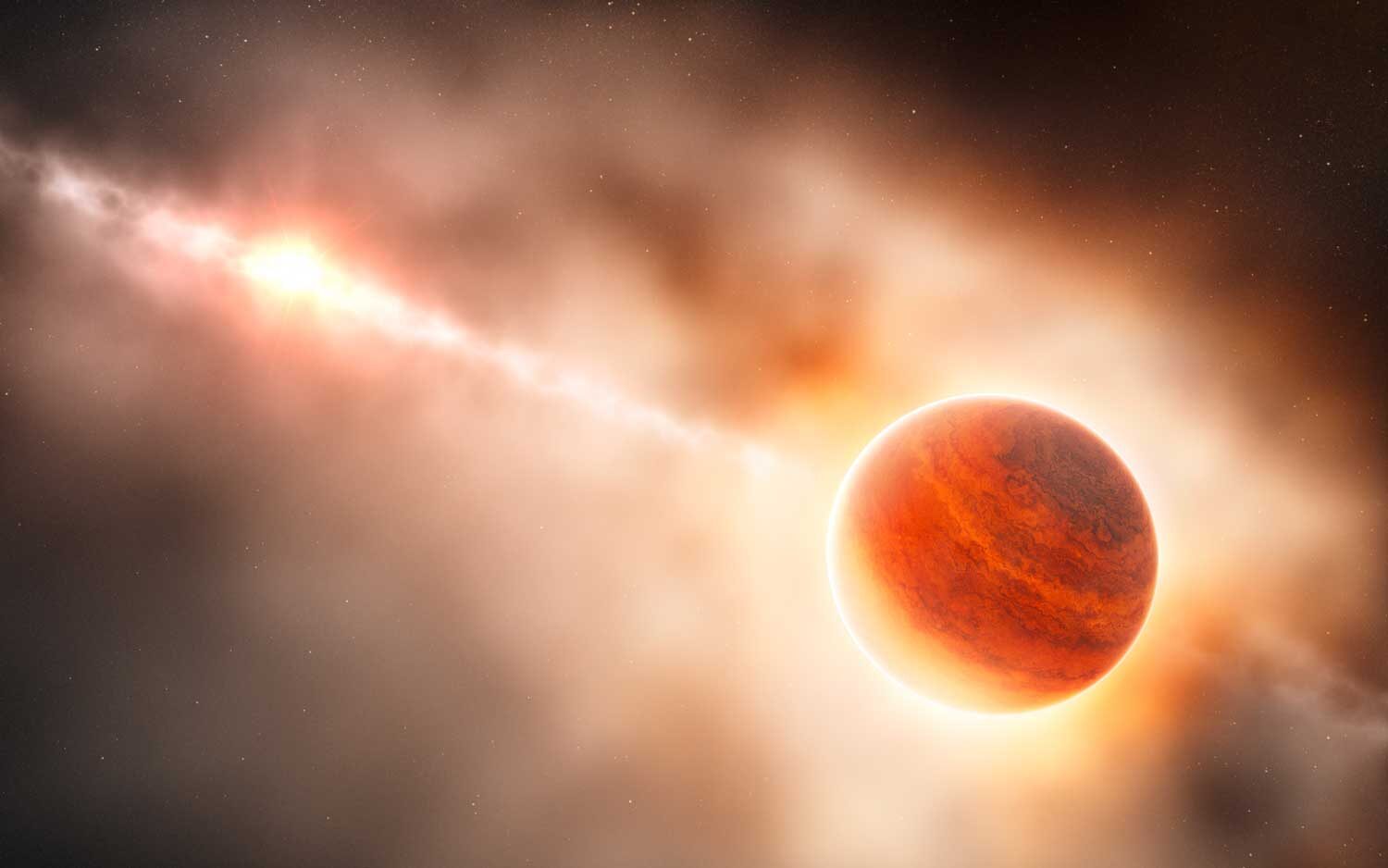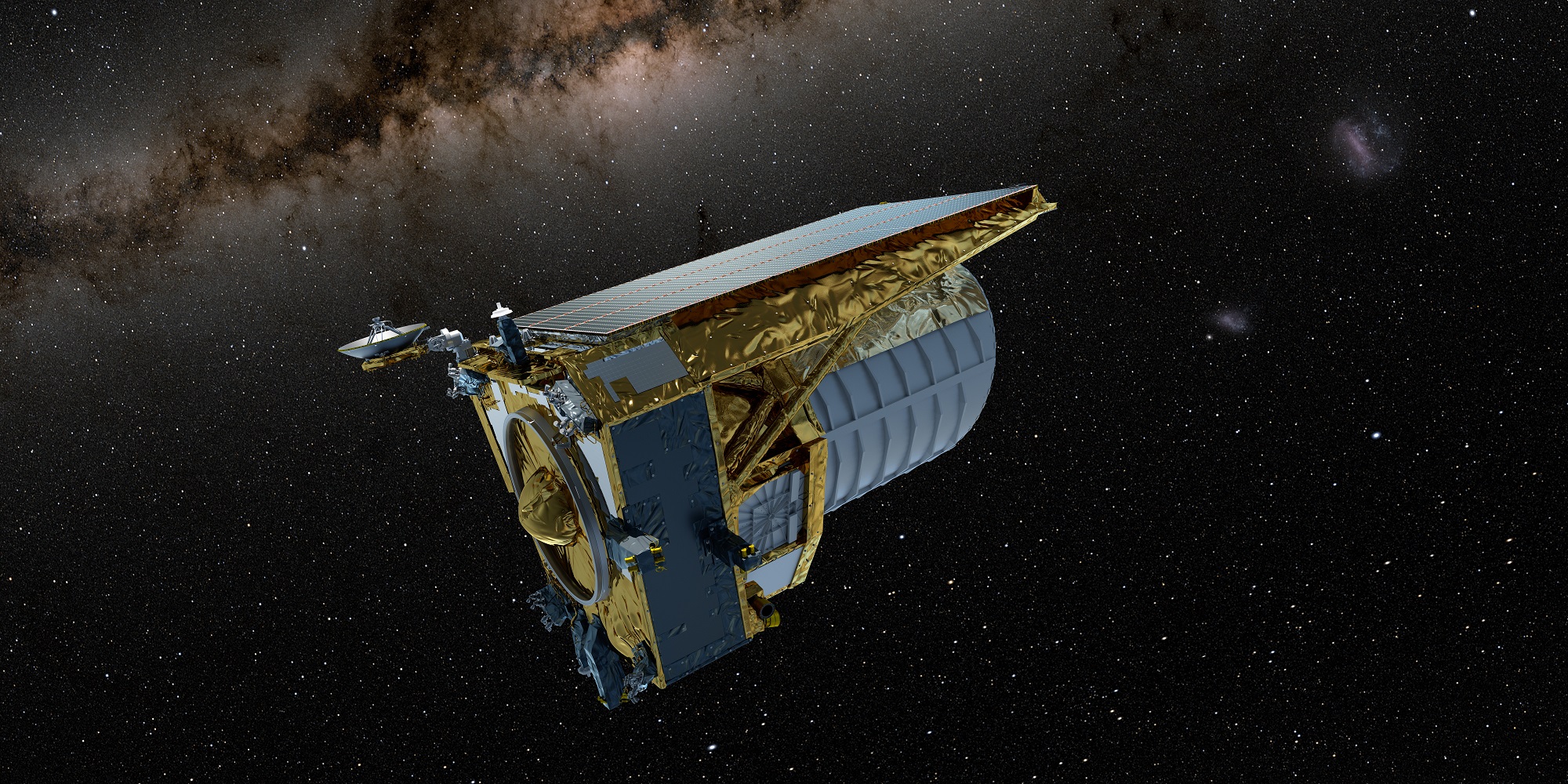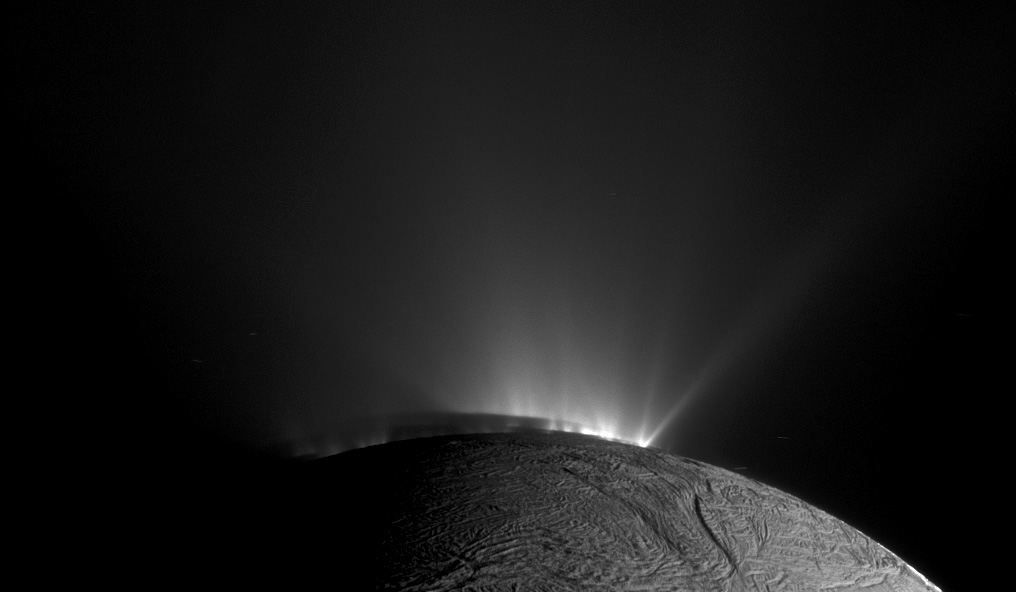The edge of the Solar System is defined by the heliosphere and its heliopause. The heliopause marks the region where the interstellar medium stops the outgoing solar wind. But only two spacecraft, Voyager 1 and Voyager 2, have ever travelled to the heliopause. As a result, scientists are uncertain about the heliopause’s extent and its other properties.
Some scientists are keen to learn more about this region and are developing a mission concept to explore it.
Continue reading “Want to Leave the Solar System? Here’s a Route to Take”
